While all capital sins are addictive or have addictive qualities, they also are a perversion of something good.
Lust is a perversion of love, in particular, it is a perversion of marital love.
Surprisingly, many believe that in marriage it is okay "to lust". Outside of marriage lust is "bad", but within marriage it is "good". This is not actually the case.
Lust is always an objectification of something. In marriage if one lusts after his/her spouse, he/she is looking at the other as on object of pleasure. It is an attitude of "what can you do for me" vs. "what can I do for you".
Love in marriage is always selfless. It is a giving of oneself to another freely, and never "using" the other. Love is mutual expression. Lust is individual gratification.
New Advent, a Catholic encyclopedia, says this about lust: http://www.newadvent.org/cathen/09438a.htm
The wrongfulness of lust is reducible to this: that venereal satisfaction is sought for either outsidewedlock or, at any rate, in a manner which is contrary to the laws that govern marital intercourse. Every such criminal indulgence is a mortal sin, provided of course, it be voluntary in itself and fully deliberate. This is the testimony of St. Paul in the Epistle to the Galatians, v. 19:
"Now the works of the flesh are manifest, which are fornication, uncleanness, immodesty, luxury, . . . Of the which I foretell you, as I have foretold to you, that they who do such things shall not obtain the kingdom of God."
Moreover, if it be true the gravity of the offences may be measured by the harm they work to the individual or the community, there can be no doubt that lust has in this respect a gravity all its own... Lust is said to be a capital sin. The reason is obvious. The pleasure which this vice has as its object is at once so attractive and connatural to human nature as to whet keenly a man's desire, and so lead him into the commission of many other disorders in the pursuit of it. Theologians ordinarily distinguish various forms of lust in so far as it is a consummated external sin, e.g., fornication, adultery, incest, criminal assault, abduction, and sodomy. Each of these has its own specific malice--a fact to borne in mind for purposes of safeguarding the integrity of sacramental confession.
Of chastity, the virtue opposed to this vice, New Advent says: http://www.newadvent.org/cathen/03637d.htm
Chastity is the virtue which excludes or moderates the indulgence of the sexual appetite. It is a form of the virtueof temperance, which controls according to right reason the desire for and use of those things which afford the greatest sensual pleasures...Under Christianity chastity has been practiced in a manner unknown under any other influence. Christian morality prescribes the right order of relations. It therefore must direct and control the manner of relationship sustained to each other by soul and body. Between these two there is an ineradicable opposition, the flesh with its concupiscences contending unceasingly against the spirit, blinding the latter and weaning it away from the pursuit of its true life. Harmony and due order between these two must prevail. But this means the pre-eminence and mastery of the spirit, which in turn can only mean the castigation of the body. The real as well as the etymological kinship between chastity and chastisement then is obvious. Necessarily, therefore, chastity is a thing stern and austere. The effect of the example as well as of the words of Our Saviour (Matthew 19:11-12) is seen in the lives of the many celibates and virgins who have graced the history of the Christian Church, while the idea of marriage as the sign and symbol of the ineffable union of Christ with His spotless spouse the Church — a union in which fidelity no less than love is mutual — has borne its fruit in beautifying the world with patterns of conjugal chastity.
Links to help the sexually addicted & to prevent sexual addiction in youth:
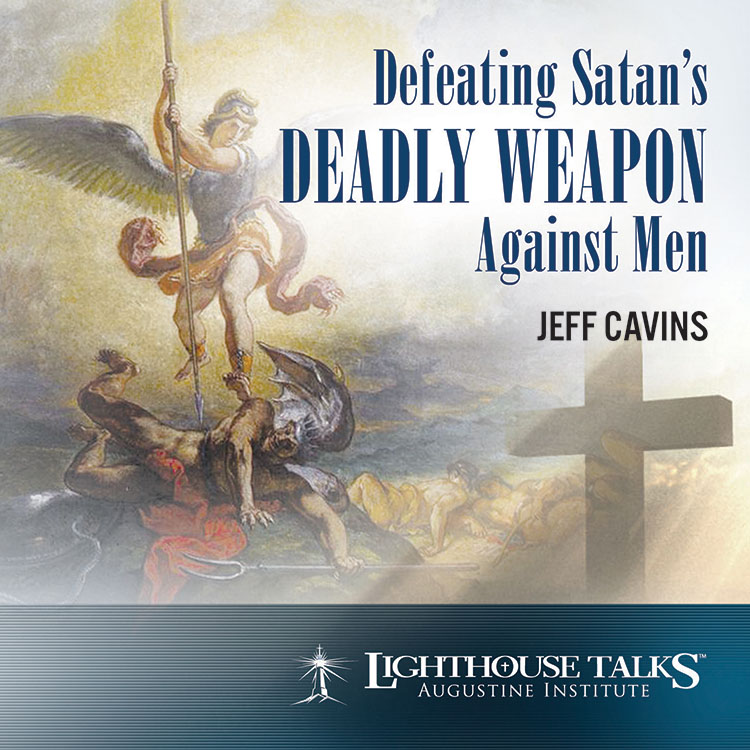
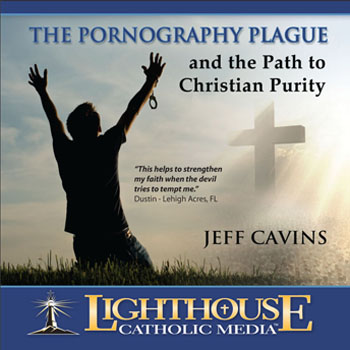
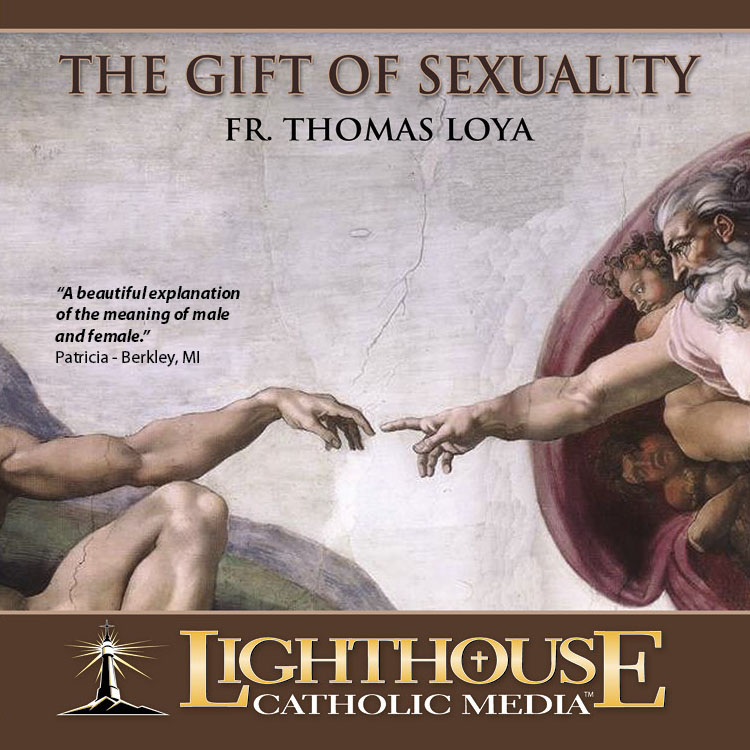

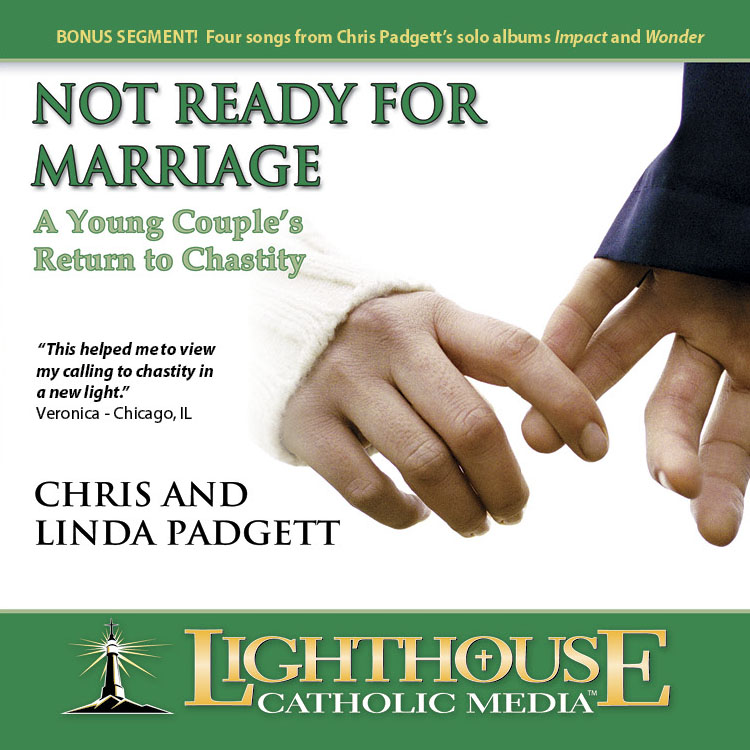
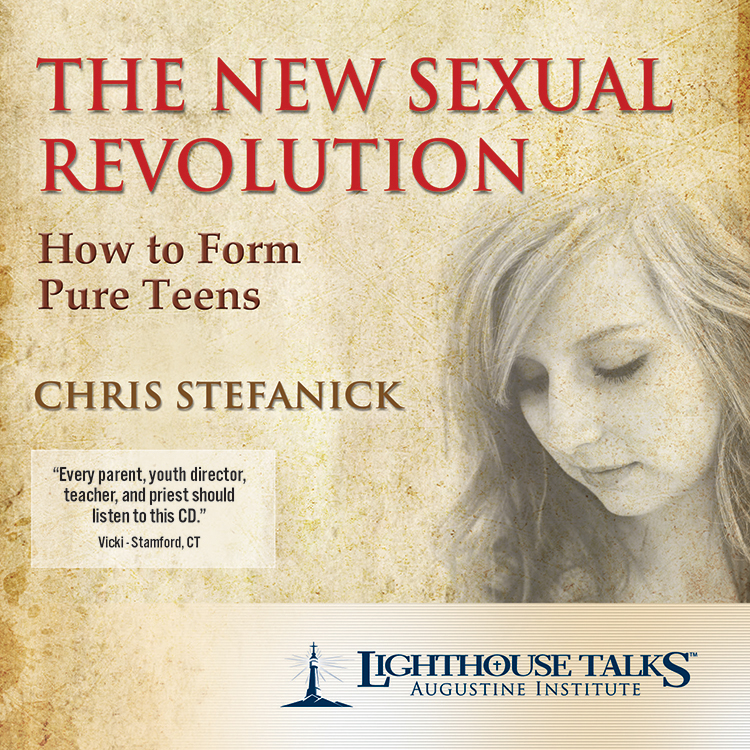
No comments:
Post a Comment